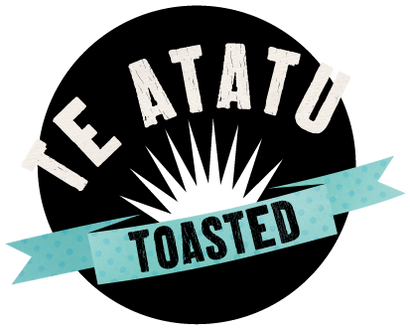Your Cart is Empty

Three ways to manage Type 2 diabetes
August 09, 2022
If you have been diagnosed with Type 2 diabetes, your ongoing goal will be to better control your blood glucose levels and improve your body’s use of insulin. Here are three important things to think about.
Diabetes and weight loss
Obesity is a widely accepted major risk factor for developing insulin resistance, and we have already learned that insulin resistance is a significant factor in developing Type 2 diabetes.
Everybody has different ideal healthy weights based on height, body mass and other factors. However, the Ministry of Health makes the following recommendations regarding adults losing weight for diabetes: Aim for five to 10 per cent loss of total body weight if the patient is overweight by developing an individualised weight management plan.
Managing your weight is an integral part of managing your diabetes, however, tackling weight management issues usually requires a very individual approach best handled by professionals such as dietitians, nutritionists and doctors.
Healthy food choices for diabetics
Eating healthily offers two main advantages - it aids in losing weight and helps maintain general health and wellbeing. So good food choices are vital in managing diabetes. It’s not the complete answer but it’s an important piece of the puzzle!
A healthy diet for people with diabetes should consist of mainly wholefoods. Examples might include whole grains, seeds and nuts, fruit, vegetables and protein. All Te Atatu Toasted cereals are made with wholefoods. Diabetes NZ has more information onhealthy food choices for diabetics.
Here are our top 8 healthy food tips for people living with Type 2 diabetes (Please keep in mind any dietary changes or advice should be discussed with your doctor, nutritionist or registered dietitian).
- Look for low GI carbs. Some carbohydrate foods are digested more slowly (low glycaemic index), which avoids spikes in blood glucose levels. These types of slow-release carbs are better for people with diabetes. Examples include wholegrain breads, wholegrain cereals (for example, traditional rolled oats or low sugar, complex-carb heavy muesli such as the Te Atatu Toasted blends), whole grain pasta, brown or basmati rice and legumes (dried or canned peas, beans, lentils, and chickpeas).
- Combine your protein and carbs. Eating protein in conjunction with complex carbohydrates can help provide a more gradual and even energy (sugar) release into the bloodstream.
- Fresh or frozen only. Always go for fresh or frozen fruits and vegetables - dried are very sugar intensive, and some tinned fruit has added sugar so you will need to read the nutritional label to ensure you are not unwittingly eating extra sugar.
- Learn about fruits. For a person with diabetes, the best fruits are low-sugar low glycaemic index. Generally speaking, this means kiwifruit, berries and some citrus as these are lower in sugar than say a banana, apple, or pineapple.
- Stick to healthy fats. Incorporating healthy fats into each day, such as those from avocados, nuts, seeds and olive oil, is a great way to feel fuller (meaning you will likely eat less) as well as providing a range of extra health benefits.
- Eat wholefoods only. Stay away from highly processed foods, it may help to think about it this way - is this food still intact the way nature made it? Choose only cereals and breads with very little or no added sugars.All Te Atatu Toasted cereals are made with wholefoods.
- Avoid tea, coffee and alcohol. As with most healthy living recommendations, it is always best to stick with plain old water.
- Ask yourself, is it hunger or habit? If you are struggling with dietary commitments and losing weight, it can be a good idea to analyse whether you are eating because you are hungry or whether it’s just that time of day and mostly out of habit.
Exercise is essential
Adapting to adding more exercise into your life can be a challenge for many reasons; maybe it’s time constraints, maybe it’s work or family responsibilities or just a lack of energy. Whatever the reason, it is really important to make the effort to increase exercise when seeking to manage your diabetes.
Current recommendations for physical activity by the Ministry of Health for those with diabetes include:
- Moderate to high-intensity aerobic exercise for 150 minutes per week (spread over at least three days with no more than two consecutive days of exercise)
- Resistance-based training at least twice a week
- Not sitting for longer than 30 minutes at any one time
For more information on managing Type 2 diabetes, see the Ministry of Health’sType 2 Diabetes Management Guidance here.
What we’ve covered so far:
- Why Type 2 diabetes could affect you
- How to avoid becoming pre-diabetic
- Three ways to manage Type 2 diabetes
Coming up:
- Make your healthy habits stick
💥 You deserve to start your day with a low sugar, healthy breakfast cereal.
👉 Choose your Blend here and we'll deliver to your door - easy! 💥
